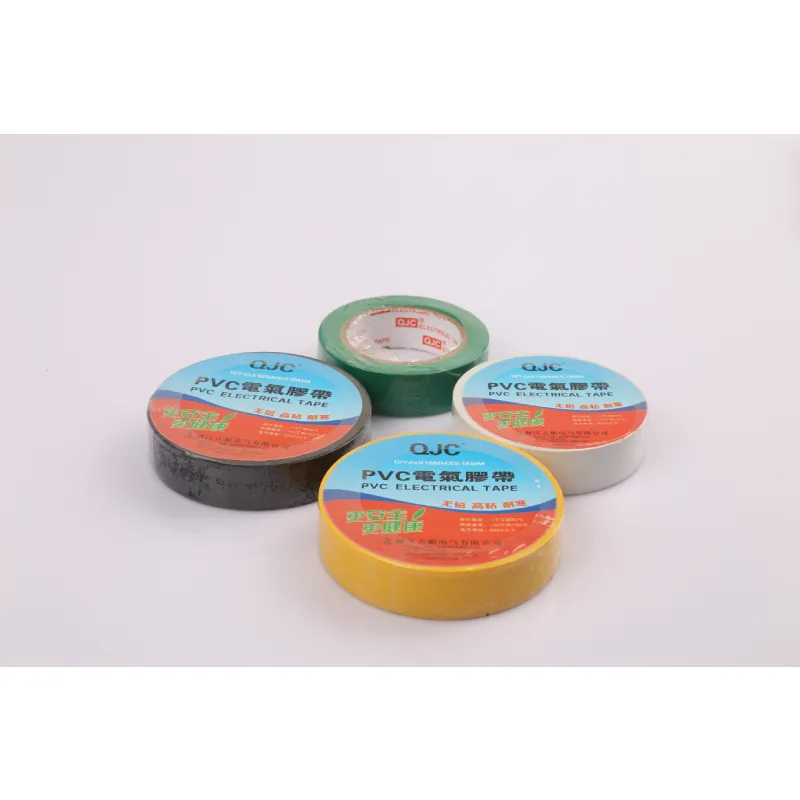Fireproof Strips An Essential Safety Feature for Your Home
In today's world, fire safety has become a paramount concern for homeowners and business owners alike. As we continue to face the increasing risks associated with fires, it is essential to integrate features that enhance fire security in our living and working spaces. One such feature that often goes overlooked is the fireproof strip. This seemingly simple addition can play a crucial role in preventing the spread of fire and smoke, thereby protecting lives and property.
Understanding Fireproof Strips
Fireproof strips, also known as fire-retardant strips or fire protection seals, are materials designed to resist fire and inhibit its spread. Typically made from a combination of mineral fillers, textiles, and intumescent substances, these strips are used in various applications, including doors, windows, and other openings in buildings. They serve three primary functions sealing gaps, preventing the spread of smoke and toxic gases, and enhancing the fire resistance of building materials.
How Fireproof Strips Work
The mechanism behind fireproof strips lies in their unique composition. When exposed to high temperatures, intumescent materials expand significantly, creating a barrier that fills gaps and prevents flames and smoke from penetrating through openings. This expansion helps maintain the integrity of fire-rated doors and walls, slowing down the progress of a fire and providing valuable time for occupants to evacuate safely and for firefighters to respond.
The Importance of Fireproof Strips
1. Life Safety The foremost reason for installing fireproof strips is to protect lives. In the event of a fire, every second counts. Fireproof strips can help delay the fire’s spread, allowing residents more time to escape and alert emergency services.
2. Property Protection Beyond saving lives, fireproof strips help reduce property damage. By containing fire and smoke within a confined area, these strips minimize the extent of destruction, which is crucial for both residential and commercial properties.
fireproof strip

3. Compliance with Building Codes Many jurisdictions have specific fire safety regulations that require the use of fireproof materials in certain settings. Installing fireproof strips ensures compliance with these local building codes, which can prevent legal complications and ensure the safety of building occupants.
4. Peace of Mind Knowing that your property features fire-resistant materials can provide significant peace of mind. Homeowners can feel safer, and business owners can assure employees and customers that safety measures are in place to protect against fire hazards.
Installation of Fireproof Strips
Installing fireproof strips is a relatively simple process that can often be done as a DIY project. Homeowners can measure the gaps around doors and windows and cut the strips to size before affixing them with adhesive backing or screws. However, for commercial settings or larger installations, it may be wise to consult with a fire safety professional to ensure optimal placement and compliance with safety standards.
Maintenance and Inspection
Once installed, fireproof strips require regular inspection to ensure their effectiveness. Over time, wear and tear can diminish their protective qualities. Homeowners and business owners should check the condition of fireproof strips periodically and replace them if they show signs of damage, such as cracking, peeling, or loss of adhesion.
Conclusion
In summary, fireproof strips are a vital yet often underestimated element of fire safety in both residential and commercial properties. They offer critical protection against fire and smoke, safeguarding lives and minimizing property damage. By understanding the importance of these strips and ensuring their proper installation and maintenance, property owners can enhance their fire safety measures and cultivate a safer living and working environment. Investing in fireproof strips is not merely about compliance; it’s about prioritizing safety and protecting what truly matters.
-
XIANGFAN Rubber Tape-Ultimate Solutions for All Your Insulation NeedsNewsJun.24,2025
-
XIANGFAN Rubber Tape-Protection for Industrial and Residential ApplicationsNewsJun.24,2025
-
XIANGFAN Rubber Tape: Superior Safety and Sealing for Demanding EnvironmentsNewsJun.24,2025
-
XIANGFAN Rubber Tape: Reliable Solutions for Every Electrical ChallengeNewsJun.24,2025
-
XIANGFAN Electrical & Industrial Tape: Powering Reliability Across IndustriesNewsJun.24,2025
-
XIANGFAN Electrical & Industrial Tape: Excellence in Every ApplicationNewsJun.24,2025
